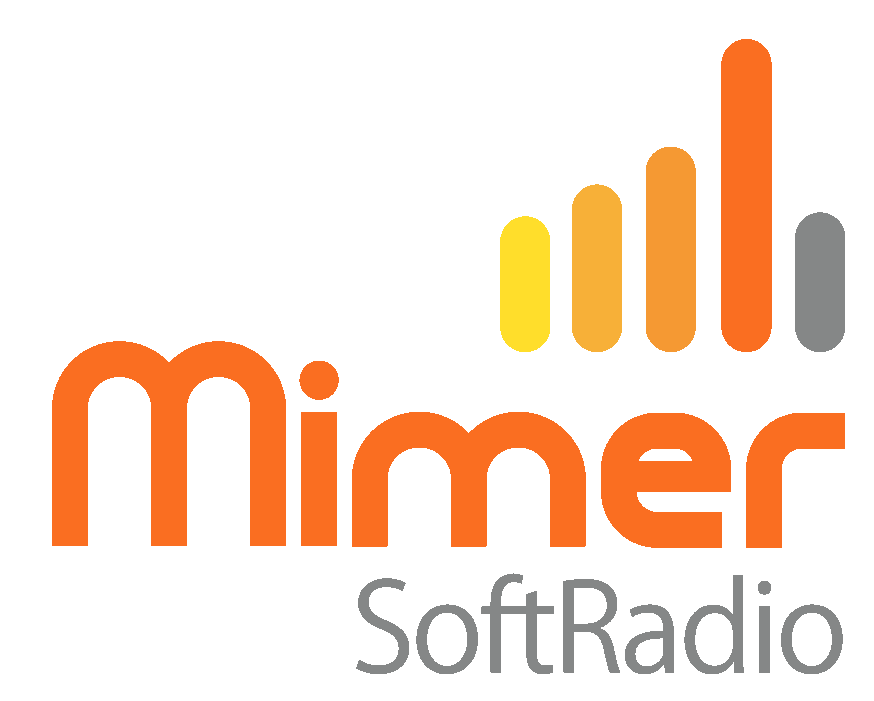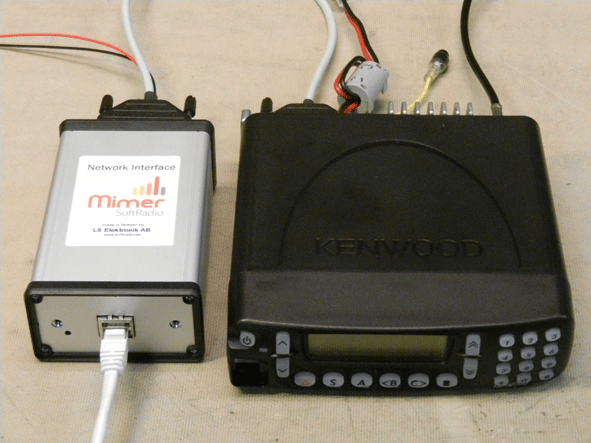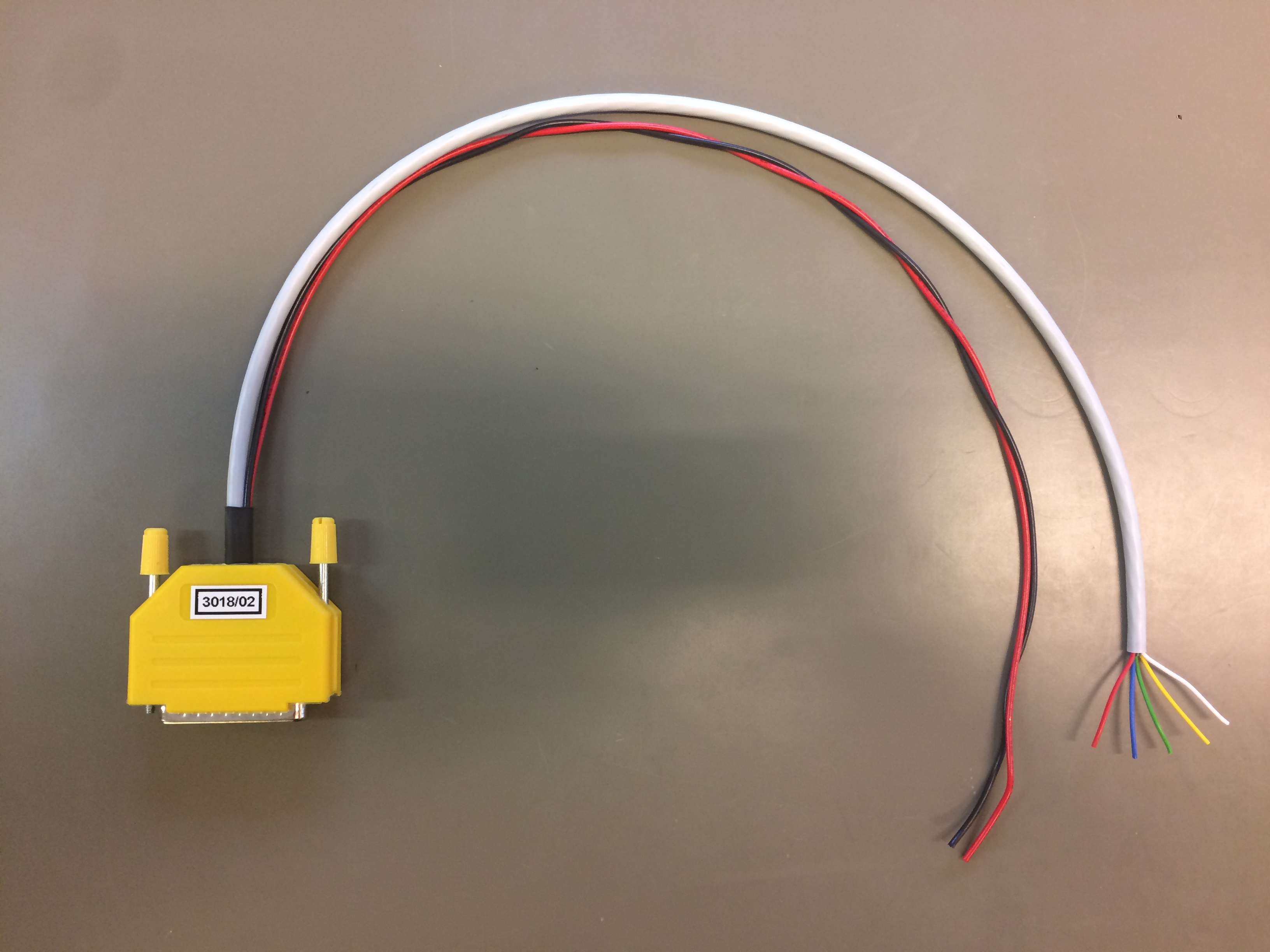Radio Connection
When setting up your SoftRadio system you need to connect the radios and/or other devices to your system. This is done through a Network Interface and a cable kit.
In some cases the radio also needs a special programming in order to communicate with external devices such as the Network Interface. All instructions for this can be found here.

Connecting your radio
Many users needs to remote control the radio functions like change of channel/talkgroup, selective/private calls, SDS messaging etc. This is done in the SoftRadio GUI through the use of a Virtual Control Head that mimics the radios ordinary control head.
The Network Interface will in these cases not only connect to audio and PTT on the radio, but also to a remote control bus. This can be a dedicated bus like the PEI on a Tetra radio or the communication bus between radio and control head.
In many cases this setup will give you access to everything the radio is programmed for. All the key presses and the whole display. In other cases the radio only admits to a limited remote control, maybe only channel change.
The same cable kit will also connect to the radios speaker output and the radios microphone and PTT connections. In some radio types also to the external alarm output of the radio.
On some radio models the standard control head and microphone can be used in parallel, for local control, with the Mimer Virtual Control Head.
Example with a Kenwood radio connected to a Network Interface
Virtual Control Head for Kenwood
Different connections
Advanced radio
Connection as described to the left.
Available radio models are found on this link.
Ready made cable kits are available for all radio types supported.
Simple radio or base station
Connecting the Network Interface directly to a radio.
Any radio can be connected through the use of speaker, microphone and PTT signals.
This will of course only give the possibility to listen and transmit, no channel changes or selective calling*.
Generic cable kits with an open end are available for interfacing to “any” radio. Also special made cable kits are available for the most common radio types.
Base station with land line
A radio with two or four wire line (600 ohm, -10dB standard) can be connected. PTT is then done via DC over the line or via a single AF-tone over the line.
This will of course only give the possibility to listen and transmit, no channel changes or selective calling*.
Generic cable kit with open end
*Selective calls when using radios with audio and PTT functions only. See the page with Call Options.



